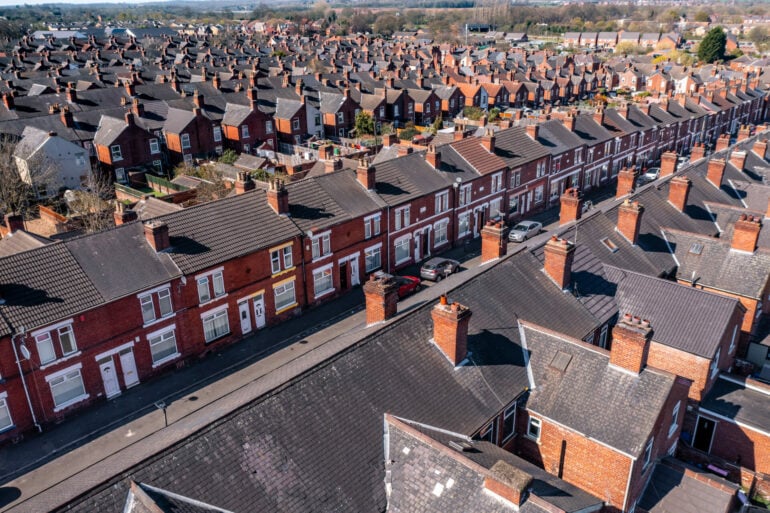Following the mini-Budget in 2022 many would have been forgiven that we were facing a house price crash akin or worse than the financial crisis in 2008.
The rapid rise in interest rates coupled with the huge spikes in the cost of living coming from both food and energy prices made for a troubling outlook.
However, as we end 2023, while there is no doubt that we have just witnessed a very difficult year for finances, house prices have remained incredibly resilient.
Fears that many people would be forced to sell causing there to be a glut of properties on the market have not materialised. What has been true is that demand has been subdued.
Just yesterday the Bank of England choose to hold interest rates meaning households are still under enormous pressure and this will translate into fewer potential buyers.
The reality is house prices are dependent on how long people can cope with the financial strain the economy is causing them.
The truth is that much of the reason why house prices have remained buoyant in the face of serious economic headwinds is that this country has very little housing stock for its population.
Laws of supply and demand mean that at present despite lower demand, the lack of supply has made sure property prices have only dropped a few percent.
Looking to next year, we are unlikely to see rapid changes to the interest rates although we are hopefully now going in the right direction with inflation so we can hope for some downward movement.
However, mortgage rates have stabilised and this should help tempt those who have adopted a wait and see approach back to market now they have some more certainty that the rug won’t be pulled from under them by sudden increases in mortgage rates.
A soft landing is looking more likely at the end of the year than it did at the beginning.
Karen Noye is mortgage expert at Quilter



